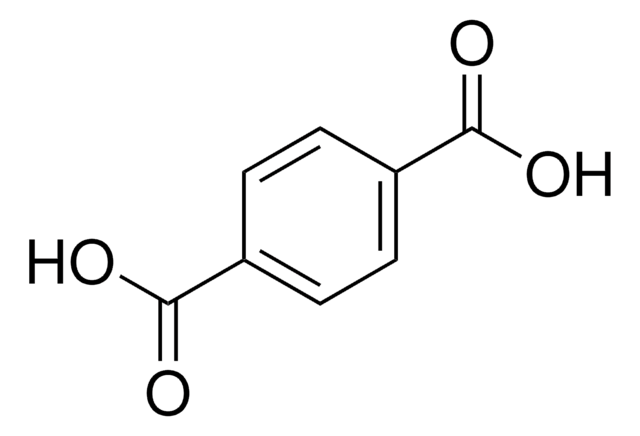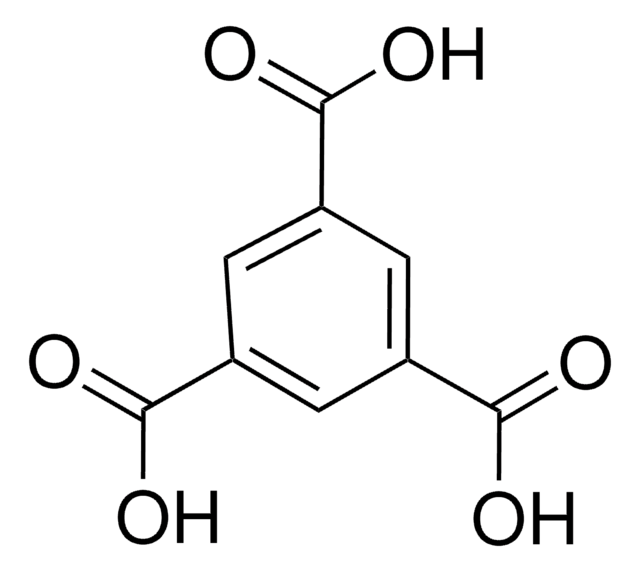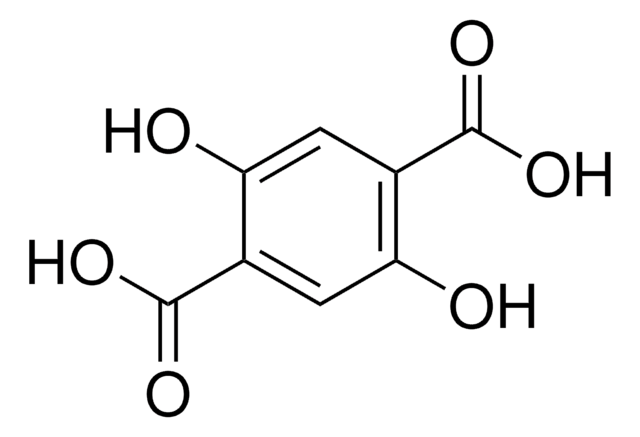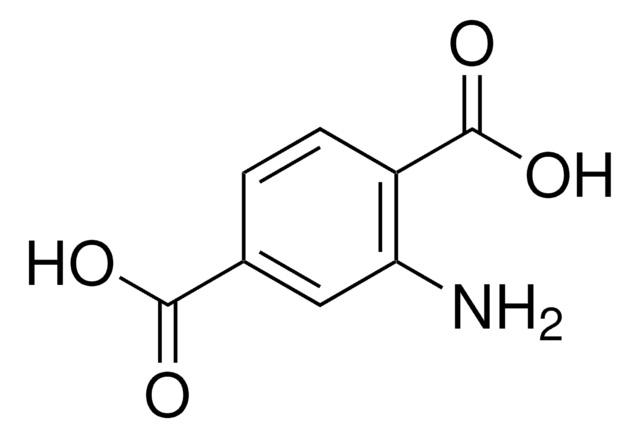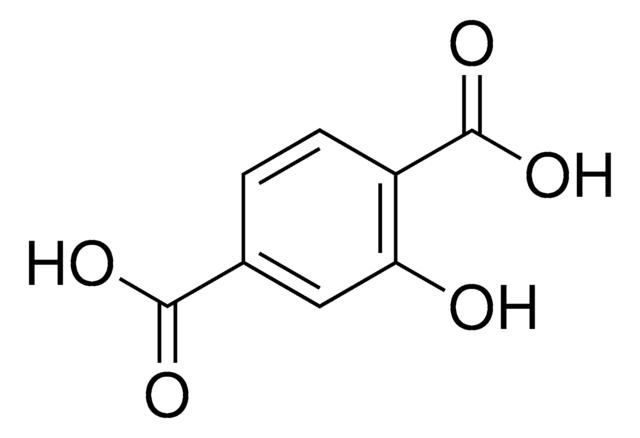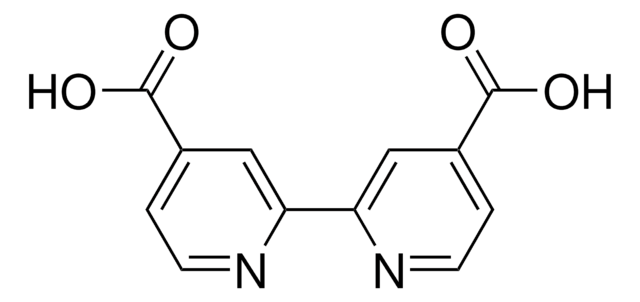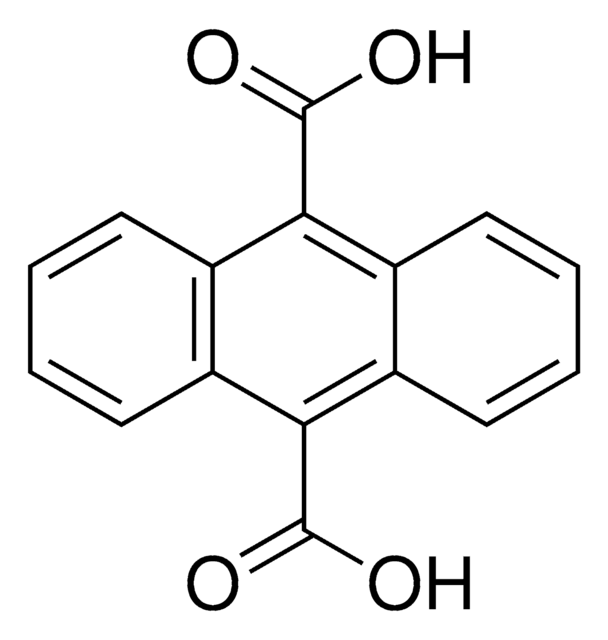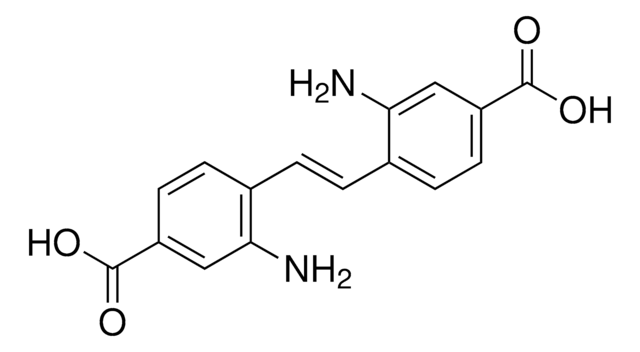225266
Biphenyl-4,4′-dicarbonsäure
97%
Synonym(e):
4-(4-propan-2-yloxycarbonylphenyl)benzoic Acid
About This Item
Empfohlene Produkte
Qualitätsniveau
Assay
97%
mp (Schmelzpunkt)
>300 °C (lit.)
SMILES String
OC(=O)c1ccc(cc1)-c2ccc(cc2)C(O)=O
InChI
1S/C14H10O4/c15-13(16)11-5-1-9(2-6-11)10-3-7-12(8-4-10)14(17)18/h1-8H,(H,15,16)(H,17,18)
InChIKey
NEQFBGHQPUXOFH-UHFFFAOYSA-N
Suchen Sie nach ähnlichen Produkten? Aufrufen Leitfaden zum Produktvergleich
Verwandte Kategorien
Allgemeine Beschreibung
Anwendung
- As a key component In the synthesis of nematic aromatic polyesters which are valuable in the development of liquid crystal polymers with potential applications in electronics, optical devices automotive, and textiles.
- As a linker or ligand in the synthesis of metal-organic frameworks (MOFs) for a wide range of potential applications in areas such as gas storage, catalysis, sensing, and separation technology.
- As a building block in biomedical applications for the synthesis of various pharmaceutical compounds and materials with biological activity. It can also be utilized in the development of drug delivery systems and biomaterials due to its chemical properties.
Signalwort
Warning
H-Sätze
Gefahreneinstufungen
Eye Irrit. 2 - Skin Irrit. 2 - STOT SE 3
Zielorgane
Respiratory system
Lagerklassenschlüssel
11 - Combustible Solids
WGK
WGK 3
Flammpunkt (°F)
Not applicable
Flammpunkt (°C)
Not applicable
Persönliche Schutzausrüstung
dust mask type N95 (US), Eyeshields, Gloves
Hier finden Sie alle aktuellen Versionen:
Besitzen Sie dieses Produkt bereits?
In der Dokumentenbibliothek finden Sie die Dokumentation zu den Produkten, die Sie kürzlich erworben haben.
Kunden haben sich ebenfalls angesehen
Unser Team von Wissenschaftlern verfügt über Erfahrung in allen Forschungsbereichen einschließlich Life Science, Materialwissenschaften, chemischer Synthese, Chromatographie, Analytik und vielen mehr..
Setzen Sie sich mit dem technischen Dienst in Verbindung.